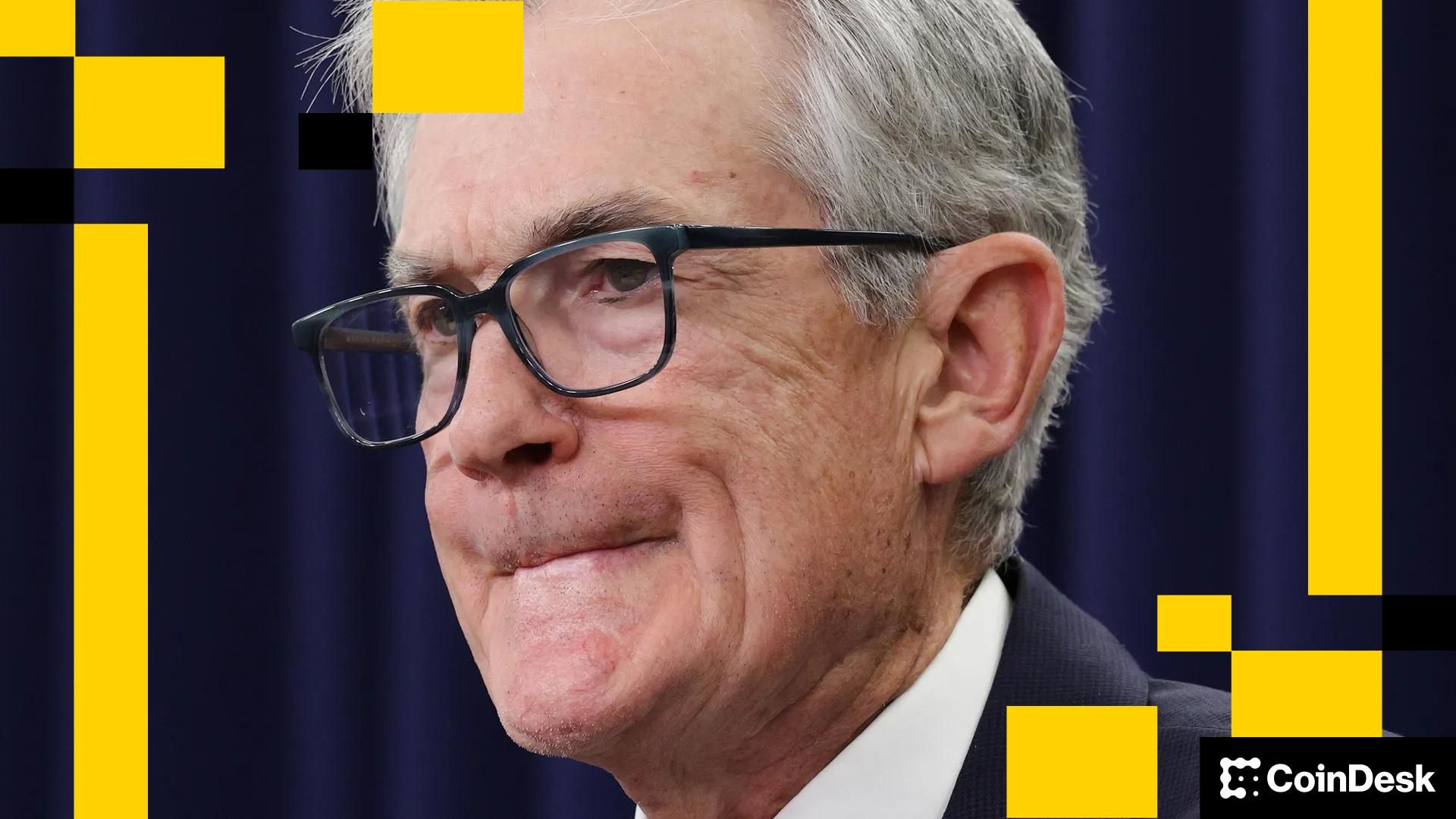In an ambitious effort to streamline financial regulation across the continent, the European Commission is proposing a shift in oversight authority to the European Securities and Markets Authority (ESMA) for stock and cryptocurrency exchanges. Designed to provide a seamless regulatory framework for financial operations throughout the European Union, this proposal aims to enhance the global competitiveness of EU markets. By addressing the current fragmented regulatory environment, the initiative hopes to prevent burgeoning European companies from seeking financial resources beyond Europe’s borders.
What is the Rationale for Centralized Oversight?
The plan to broaden ESMA’s responsibilities draws inspiration from the central oversight practiced by the US Securities and Exchange Commission. This plan puts forth ESMA as the key regulatory body for managing cross-border entities including trading platforms and asset managers. It complements the EU’s ongoing “capital markets union” strategy, which seeks to solidify Europe’s stance in the global financial arena. Endorsing the proposal, Christine Lagarde, President of the European Central Bank, indicated its potential to alleviate risk associated with the cross-border activities of major financial institutions.
“A European SEC could provide the direct oversight needed to manage such risks effectively,” Lagarde remarked.
What are the Points of Contention?
While countries like France, Austria, and Italy show strong support, Luxembourg and Ireland express concerns. They worry about the possible adverse impacts on their national financial sectors due to a centralized framework. Luxembourg’s finance minister, Gilles Roth, warns against a hasty implementation of regulatory uniformity.
“An ineffective central model could be detrimental to national industries,” Roth cautioned.
Tensions also arise over potential loopholes within the Markets in Crypto-Assets (MiCA) framework, that might allow for regulatory arbitrage.
Given these divergent views, the European Commission is assessing the feasibility of overarching supervision for significant cross-border bodies. Although a draft is anticipated by the end of 2025, the intricate EU legislative process signals that the debates may stretch into 2026.
The move showcases a decisive progression towards unifying Europe’s financial regulatory landscape. Deemed essential for fostering a competitive market atmosphere, effective oversight seeks to minimize fragmentation.
A consolidated regulatory mechanism could bolster the financial ecosystem, ensuring it accommodates both regional and national priorities. By confronting potential risks at a continental scale, Europe aims to fortify the resilience and dependability of its financial activities, establishing a robust supervisory system that underpins institutional growth and longevity.
Disclaimer: The information contained in this article does not constitute investment advice. Investors should be aware that cryptocurrencies carry high volatility and therefore risk, and should conduct their own research.

















 English (US)
English (US)